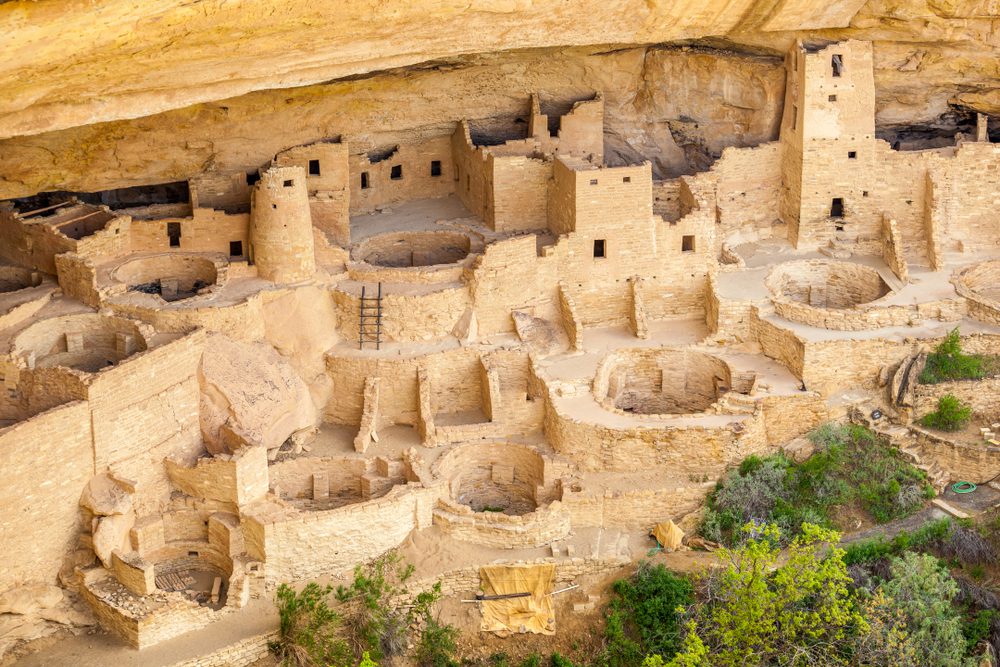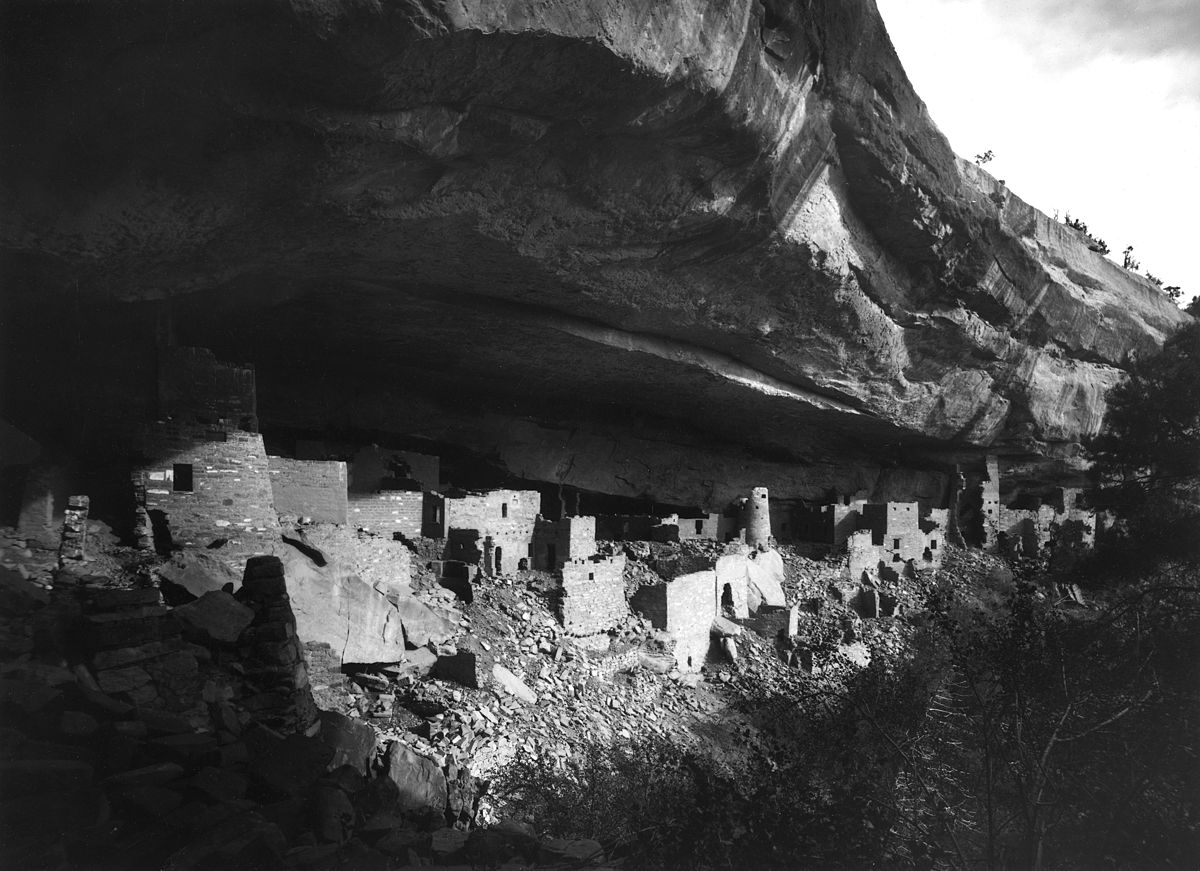Cliff Palace is like few other buildings on planet Earth. Found in the rocky cliffs of Colorado’s Montezuma County, this giant dwelling was constructed over 750 years ago and provides an invaluable insight into how Native Americans lived in the centuries before colonization.
Unfortunately, the condition of Cliff Palace is being slowly deteriorated by the forces of weather and time. Paired with this, climate change threatens to bring more disruption to this vulnerable region, meaning this beautiful piece of history has an uncertain future.
Who built Cliff Palace?
Cliff Palace was made out of sandstone, mortar, and wooden beams by the Ancestral Pueblo people during a period of their culture dubbed Pueblo III (approximately 1150 to 1300 CE). This period is defined by the construction of these multi-storied cliff dwellings that often take on a square, right-angled shape.
It’s a distinctive style that can be seen throughout the evolution of Pueblo architecture, even the Pueblo Revival movement that emerged in the Southwestern US during the early 20th century.
Inside Cliff Palace, there are many Ancestral Puebloan wall murals. Often consisting of triangles, dots, and geometrical designs painted in red, some researchers believe they are a type of calendar informed by the movement of the skies above.

A closer look at the Cliff Palace. Image credit: Sopotnicki/Shutterstock.com
Why is Cliff Palace important?
Among the hundreds of these structures found in North America, Cliff Palace is the biggest cliff dwelling of them all. It can be found in Mesa Verde National Park, where at least 600 other smaller cliff dwellings lie.
Recent studies have found that it likely contained 150 rooms and had a population of approximately 100 people, according to the National Park Service. It’s not certain what it was used for, but it’s believed to be an important building used as a “social, administrative site with high ceremonial usage.”
Even today, the site still holds a huge amount of importance to the Laguna Pueblo people.
“Even though we physically moved away, the spirits of my ancestors are still here. If you stop for a minute and listen, you can hear the children laughing and the women talking,” explains TJ Atsye, a Laguna Pueblo person and park ranger at the Mesa Verde National Park.
“You can hear the dogs barking and the turkeys gobbling. You can hear and feel the beat of the drums and the singing. You can smell the cooking fires. You can feel their presence, their warmth, their sense of community,” adds TJ.

Cliff Palace a few years after Europeans encountered it in 1891. Image credit: Gustaf Nordenskiöld/Finnish National Board of Antiquities/Public Domain
When was Cliff Palace discovered?
When Cliff Palace was first “rediscovered” by European colonizers in 1888, it was showing severe signs of wear and tear from natural processes. European settlers then made things worse through commercial exploration and archeological work, leaving the once-grand palace in a state of disarray.
As you can see from old photos of Cliff Palace, the site has seen extensive restoration work over the past centuries that have helped restore its former glory.
Today it stands in much better stead and remains open to visitors most of the year at the Mesa Verde National Park, a World Heritage Site and an International Dark Sky Park.
The future of Cliff Palace
Now, however, the structure is endangered by the new threat of climate change. The main fear is that extreme weather fluctuations will result in freeze-thaw cycles, in which water seeps into the stone, then freezes and expands, forming cracks in the rock.
Paired with this, the area is also braced for an increased number and severity of wildfires, which will bring its own challenges to the Pueblo structures.
The cost of our rapidly changing world is usually counted in economic losses and the impact on human life. As valuable as those concerns are, it’s worth considering that the historical memory of humanity is also imperiled by the climate crisis.
Source Link: Cliff Palace Is One Of The Most Spectacular Historical Sites In The US